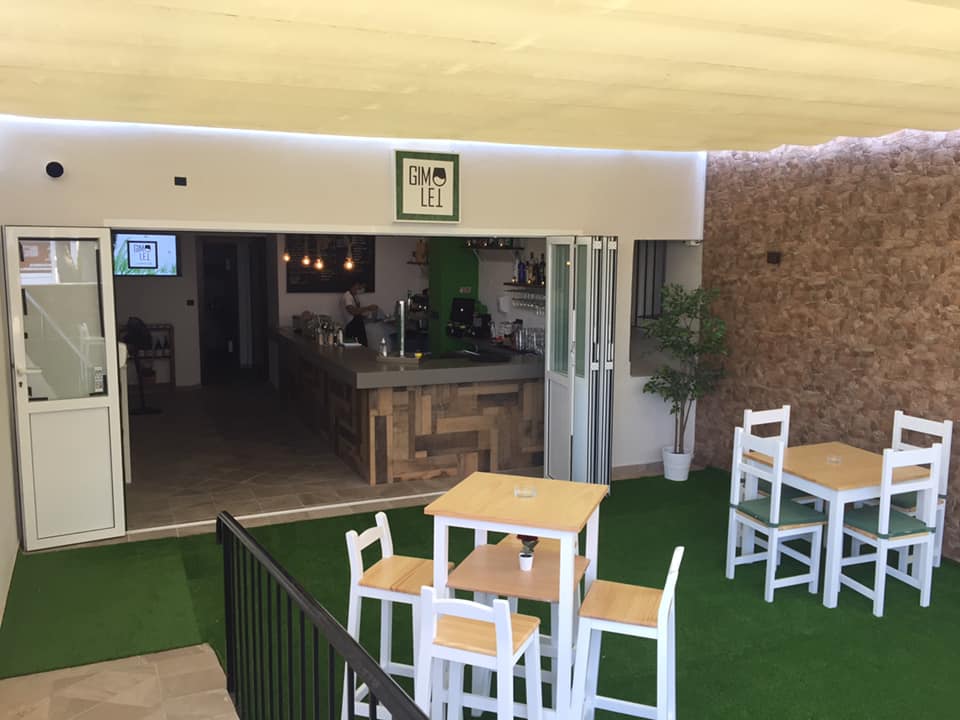The first and most important principle of kitchen design is functionality and efficiency. A good kitchen layout should make it easy to move around and complete tasks without unnecessary steps. This means maximizing storage and counter space, and ensuring the work triangle (the path between the refrigerator, sink, and cooktop) is efficient.Functionality and Efficiency
Safety is another crucial aspect of kitchen design. When choosing materials and layouts, make sure they are safe and durable, especially if you have small children in the house. Rounded corners, non-slip flooring, and easy-to-use appliances are just some considerations for a safe kitchen.Safety
Having enough storage is key to a clutter-free and organized kitchen. Incorporate different types of storage solutions such as cabinets, drawers, and shelves to accommodate different types of items. Consider using multi-functional storage solutions to optimize space, such as pull-out shelves and racks.Storage
The work triangle is a guiding principle in kitchen design. It ensures that the three main work areas (cooking, cleaning, and food storage) are efficiently and conveniently located. Avoid placing these areas too far apart as it can lead to wasted steps and make cooking and cleaning more difficult.Work Triangle
Another important aspect to consider is traffic flow. A kitchen should have a clear path for people to move around without disrupting the cook or causing traffic jams. Be mindful of door and cabinet placement, and consider having a separate entrance for the kitchen if there is heavy foot traffic in the area.Traffic Flow
Ergonomics refers to the design of a space that takes into account the comfort and well-being of its users. Consider the height and positioning of appliances, counters, and cabinets to create a kitchen that is not only functional but also comfortable and easy to use.Ergonomics
A well-lit kitchen is essential for both functionality and aesthetics. Use a combination of ambient, task, and accent lighting to create a well-lit space suitable for various activities. Natural light is also important, so maximize the use of windows or consider installing skylights.Lighting
The materials used in a kitchen play a significant role in its functionality and aesthetics. When choosing materials, consider durability, maintenance, and safety. For example, quartz countertops are durable and easy to maintain, while ceramic tile flooring is a safe, slip-resistant option.Materials
While functionality is key, the aesthetics of a kitchen should not be overlooked. A beautiful and well-designed kitchen adds value to your home and makes cooking and entertaining a more enjoyable experience. Choose a color scheme and design that suits your personal style and complements the rest of your home.Aesthetics
A final principle to keep in mind is flexibility. A kitchen should be able to adapt to different situations and needs. Consider incorporating versatile elements such as a rolling kitchen island or adjustable shelves to accommodate changing needs and preferences over time. In conclusion, by following these top 10 principles of kitchen design and layout, you can create a functional, safe, and beautiful space that meets your specific needs and enhances your daily life. Happy designing!Flexibility
The Importance of Storage and Organization

A well-designed kitchen not only looks good but is also highly functional. This is where the principle of storage and organization comes into play. Proper storage and organization are essential elements in ensuring smooth and efficient functioning in the kitchen. A lack of adequate and strategic storage solutions can lead to cluttered countertops and damaged or lost items. On the other hand, a well-organized kitchen allows for easy access to items and promotes a clean, visually appealing space. Maximizing storage and organization in the kitchen can be achieved through careful planning and utilizing different storage options such as cabinets, drawers, and pantry spaces. Whether you have a small or large kitchen, implementing these storage and organization principles can improve the functionality and overall look of your space.
Utilizing Cabinetry

Cabinets are a staple in kitchen design and provide ample storage options. When designing your kitchen, consider installing cabinets that reach the ceiling to maximize vertical space and provide more storage for infrequently used items. Utilizing pull-out cabinets or shelves can make accessing items at the back of the cabinet easier and more convenient, while lazy susans take advantage of corner spaces. Customizable inserts such as spice racks, dividers, and trays can also help keep items organized within the cabinets. For a sleek and modern look, consider hidden storage solutions such as toe-kick drawers or built-in appliances that blend seamlessly with the surrounding cabinetry.
Drawer Solutions

In addition to cabinets, drawers are another essential element in kitchen design. Deep drawers are perfect for storing pots and pans, while shallow drawers work well for utensils and cutlery. Consider using stackable drawers to effectively use vertical space and keep items organized. Drawer organizers can also help keep smaller items in place and prevent clutter. For a more high-end look, soft-close drawers add a touch of luxury and prevent slamming noises.
Pantry Perfection

A spacious pantry is a dream for any kitchen, providing ample storage for non-perishable items and larger cookware. To make the most of this space, consider installing adjustable shelves to accommodate items of various sizes. Sliding drawers or roll-out shelves can also be installed to make accessing items at the back of the pantry more convenient. If a dedicated pantry space is not available, utilizing a built-in pantry cabinet or shelving can still provide extra storage in the kitchen.
Conclusion

In summary, proper storage and organization are crucial principles in kitchen design and layout. By utilizing various storage options such as cabinets, drawers, and pantries, you can maximize space and keep your kitchen clutter-free. Keep in mind your individual needs and preferences when planning for storage and organization, and the end result will be a functional and visually appealing kitchen space.


























































































